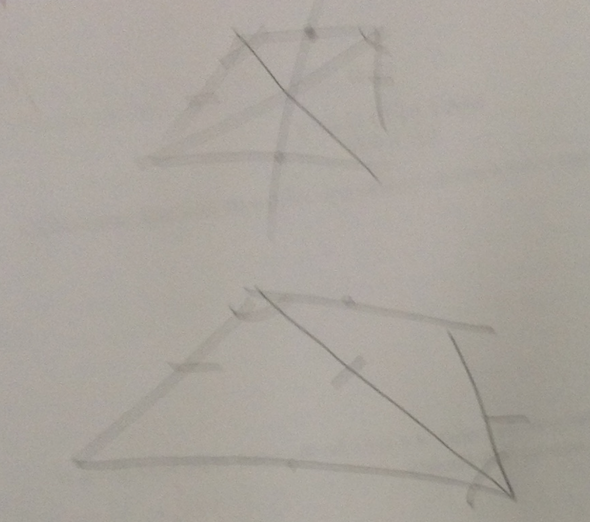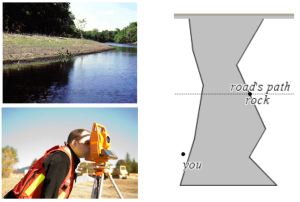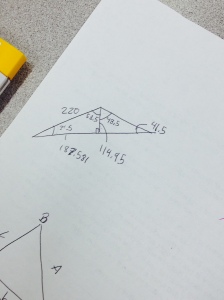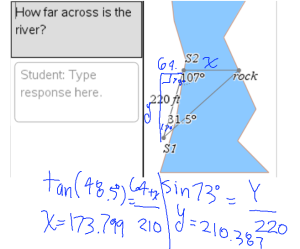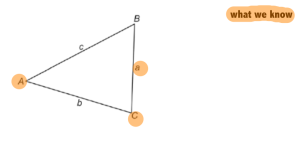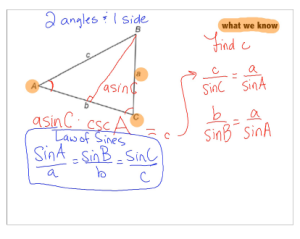CCSS say the following about what students should be able to do concerning the volume of a cylinder.
8.G.C.9. Know the formulas for the volumes of cones, cylinders, and spheres and use them to solve real-world and mathematical problems.
HS.G-GMD.A.1 Give an informal argument for the formulas for the circumference of a circle, area of a circle, volume of a cylinder, pyramid, and cone. Use dissection arguments, Cavalieri’s principle, and informal limit arguments.
HS.G-GMD.A.3. Use volume formulas for cylinders, pyramids, cones, and spheres to solve problems.*
The high school standards with an asterisk indicate that the standard is a modeling standard and should be linked to “everyday life, work, and decision-making”.
Our learning targets for the modeling unit are the following:
Level 4: I can use geometry to solve a design problem and make valid conclusions.
Level 3: I can estimate and calculate measures as needed to solve problems.
Level 2: I can decompose geometric shapes into manageable parts.
Level 1: I can create a visual representation of a design problem.
What can learning about the volume of a cylinder look like in a math class using CCSS?
Students made sense of the volume formulas during our Geometric Measure and Dimension unit. For this lesson, we started with a 3-Act lesson by Dan Meyer. You can read more about 3-Acts here if you are interested.
I showed this video and sent a Quick Poll to ask students what we could explore.
I showed my students the first act of the video by Dan Meyer and asked “what question could we explore”.

how big is that cup? 1
how long will it take to fill it? 1
how long would it take to fill this compared to filling a normal cup
how long would it take to drink this 1
how many gallons did it take to fill that cup? 1
how much can the coffee cup hold1
how much coffee can that cup hold? 1
how much coffee could the cup hold 1
how much coffee does it take to fill the mug 1
how much coffee is needed to fill up the giant cup? 1
how much coffee will fill the coffee cup 1
how much coffee will the cup hold? 1
how much paint was used to cover the mug 1
how much tea can go into the giant cup 1
how much time it takes to fill up the container 1
how much volume is the coffee cup itself 1
how would you measure the volume of the handle of the cup 1
the measurements of the cup 1
what is the height of the cup? from the bottom of the inside to the top 1
what is the radius and height of the cup 1
what is the volume of that huge cup? 1
what is the volume of the cup 1
what was the volume of the original block before turned into a cup? 1
why are they filling a giant cup with what looks like coffee 1
I had a few questions this year about the purpose of the giant mug, but I had even more last year, when I simply asked, “What is your question?” While the questions in red certainly aren’t bad questions, they don’t focus on the math that we can explore in the lesson from watching the video. I can see a difference between the prompts.
how much liquid will fill it up 1
How much clay (in pounds) was used to make the giant coffee mug? 1
how long will it take to fill the entire coffee cup? 1
What is the volume of this cup? 1
how much money would that cost? 1
who in the world would need that big of a coffee cup? 1
How many gallons of coffee does it take to fill 3/4 of it? 1
height and diameter of cup? 1
to what height did they fill the mug with coffee?1
What is the volume of the coffee mug? 2
how big of a rush would u get from drinking all of that coffee 1
how much coffee will go in the giant cup?1
how much coffee fills the whole cup 1
how much time will it take to fill the cup to the top? 1
How much coffee does it take to fill the cup? 1
does the enlarged coffee mug to scale with the original?!?!?!???!!!!$gangsters
swag ultra 1
how wide did the truck used to transport the giant cup have to be 1
Who would waste money on that? 1
how much paint did it take to cover the cup? 1
If this was filled with coffee, how long would that caffine take to crash 1
Is someone going to drink that?!?!?1
How long will it take to fill up the cup? 1
is that starbucks coffee or dunkin donuts coffee? 1
whats wrong with people?
did they use a scale factor?
they are my main coffee mug inspiration?
#SwagSauce 1
How many fluid ounces of coffee can the cup hold? 1
how much coffee goes into the mug….? 1
what is the mug made of? 1
What is the volume of the cup? 1
how much liquid can be held in the cup 1
How many days would it take to drink all of it 1
How much cofffee will the giant mug hold? 1
why are they making giant cups 1
How much creamer would you need to make it taste good? 1
I had recently read a blog post by Michael Pershan where he talks about the difference between asking students “what do you wonder” and “what’s an interesting question we could ask”. I agree even more with Michael now after comparing student questions from this year and last year for the last two lessons that changing the wording a little gets students to think about the math from the beginning.
We selected a few questions to explore – how many gallons will fill the cup, how long will it take to fill the cup, and how many regular-size cups will fit inside the super-size cup of coffee.
Students estimated first and included a guess too low and a guess too high. I won’t collect all of this information through a Quick Poll anymore – it’s too much data to sift through – only the estimate from now on.

300, 500, 700 1
500
1000
900 1
too low-50
too high-25000 1
low: 1
high: 5000
guess: 200000 1
10
1500
325 1
700/2000/1500 1
50-2000-1000 1
High 700 Gallons
Low 520 Gallons
My guess 600 1
too high= 12000
too low= 1
15-201-189 1
High 1000
Low 50
Guess 72π 1
20,000
100
2,000 1
1,000,000–300,000–200 1
100, 750, 125 1
high:1000; low:100; amount:500 1
10, 5000, 650 1
1,000-800-50 1
8000 gallons
500 gallons 1
too high:2500
too low:5
guess:1000 1
Low: 50
High:1000
Guess: 500 1
High = 1,000,000,000
Low = 1
Guess = 3,000 1
10 gallons,5000 gallons, 200 gallons 1
800-5000-8500 1
high-942
low-600
real-700 1
10547888:56:20564 1
low 600
high 1800
actual 1200 1
low 10000 high 500000 guess 50000 1
500, 20,
256 1
7-250-26000 1
500 too high
50 too low
240 my guess 1


Next I asked teams of students to make a list of what information they needed to answer the questions.








I gave each team their requested information. Some teams didn’t ask for enough information, but instead of telling them they were going to need more information, I let them start working and figure out themselves that they needed more information. At some point the class decided about the size of a regular-sized cup of a coffee.
As students began calculating, I used Quick Polls to assess their progress.





One student became the Live Presenter to talk about her calculations for how long it would take to fill the cup.





And another student became the Live Presenter to share his solution. Since it’s been two months since we had class, I can’t remember what question this answers now.

Students who finished quickly also calculated the amount of paint needed to cover the mug.



NCTM’s Principles to Actions offers eight Mathematics Teaching Practices that need to be part of every mathematics lesson. As I look over that list, I recognize each one in this lesson. One of those is support productive struggle in learning mathematics. How often do we really let this happen? Do our students know that “grappling” with mathematics will cause learning?
Several students discussed this task in their unit reflection survey.
- The coffee one helped me because it made me talk with others at my table and look for ways to solve the problem.
- Hot Coffee was very helpful because it made us find all the different dimensions of a cylinder to find how much coffee the world’s biggest coffee cup could hold and then converted different units of measuring to find the amount of gallons in the cup.
- In unit 11G, the activity we did to calculate the surface area, volume, gallons of coffee needed o fill the cup and time it takes helped me learn how to transfer different units to another and apply it to every day life see whether they make sense or not.
- I really liked the Hot Coffee unit. I understood it well, and it was a good problem to work and figure out. It was also really good for me to make sure to use the right units and convert correctly, which I don’t do sometimes.
- I learned that the world’s largest coffee cup help 2015 gallons of coffee.
- I have learned how to use the least amount of information to find the need item.
- This unit helped me to realize how much I’ve learned this year in geometry and how to do many things like finding volumes and areas of different shapes.
- I learned that I need to model with mathematics more often.
And I have learned that I need to provide my students more opportunities to model with mathematics. And so I will, as the journey continues …























